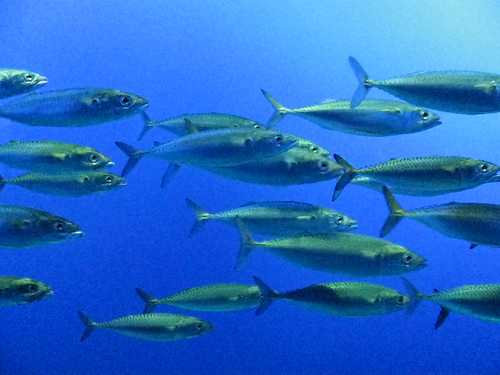 At some point this year, humans will for the first time consume more farmed fish than wild-caught fish, according to the Food and Agriculture Organization of the United Nations. This is a milestone of sorts, and also an inevitable transition resulting from the overfishing of wild fish stocks and a 30-year boom in aquaculture.
At some point this year, humans will for the first time consume more farmed fish than wild-caught fish, according to the Food and Agriculture Organization of the United Nations. This is a milestone of sorts, and also an inevitable transition resulting from the overfishing of wild fish stocks and a 30-year boom in aquaculture.There are reasons to be optimistic about some forms of aquaculture. Fish can offer higher rates of protein conversion than farmed animals. A pound of food results in a pound of weight gain for some fish, whereas the ratios are much higher for farmed animals. And seafood is playing an ever-larger role in the global diet.
But the risks are the same as those found in any form of concentrated agriculture. They include pollution, destruction of natural resources like mangroves, genetic adulteration and the possibility of infection. And the food that feeds the most important farmed fishes, like salmon, has to come from somewhere — from the sea itself, or from grain, which in turn means more demand in an increasingly grain-strapped world. What aquaculture has not done is relieve the pressure on wild fisheries. As a recent F.A.O. report says, the fishing industry is lightly regulated and heavily subsidized, resulting in a “global imbalance” between fish levels and “fishing capacity” as better-financed fishermen chase fewer and fewer fish.
This is all the more disturbing because fish are resilient creatures and fish populations are capable of remarkable comebacks if the oceans can be managed as a sustainable global resource — not as a competing, overlapping grid of subsidized national fiefdoms. The success of farmed fish cannot blind political leaders to the need to protect the wild fish that remain.
Source: NY Times
Image courtesy of Tim Pearce via Flickr (CC BY 2.0)
